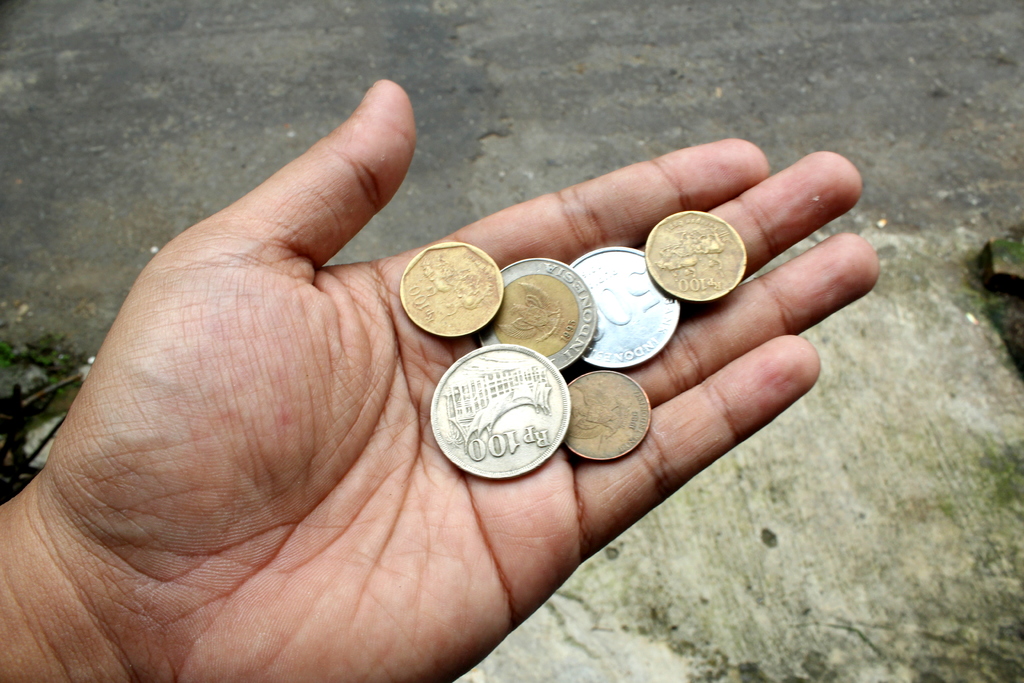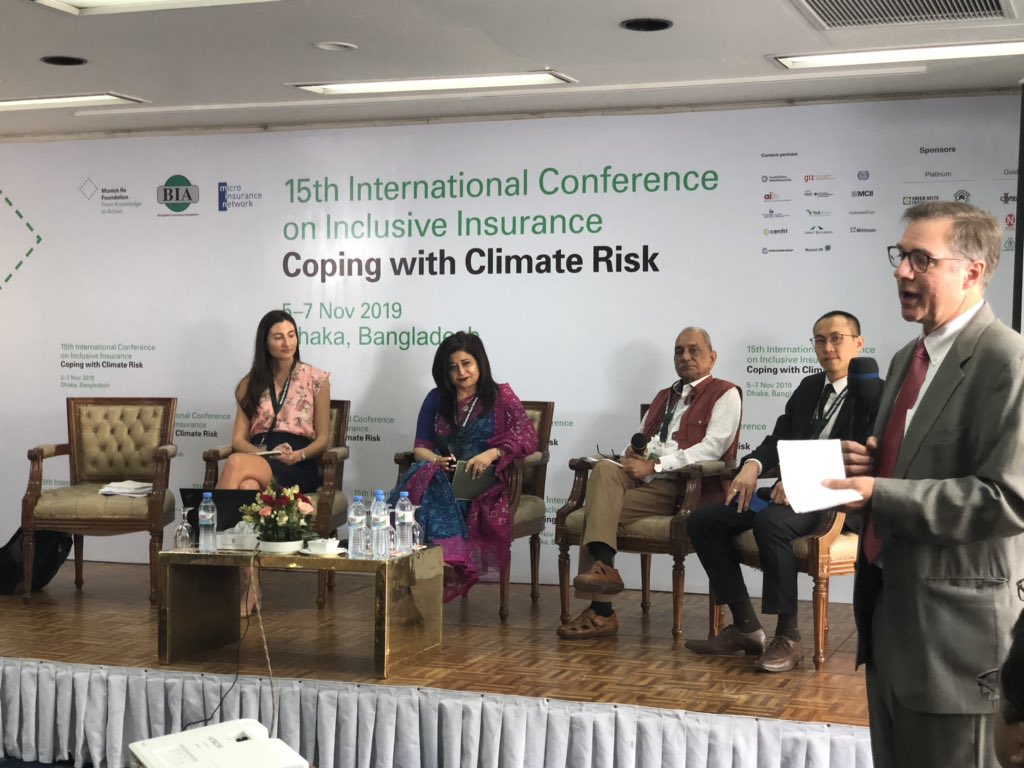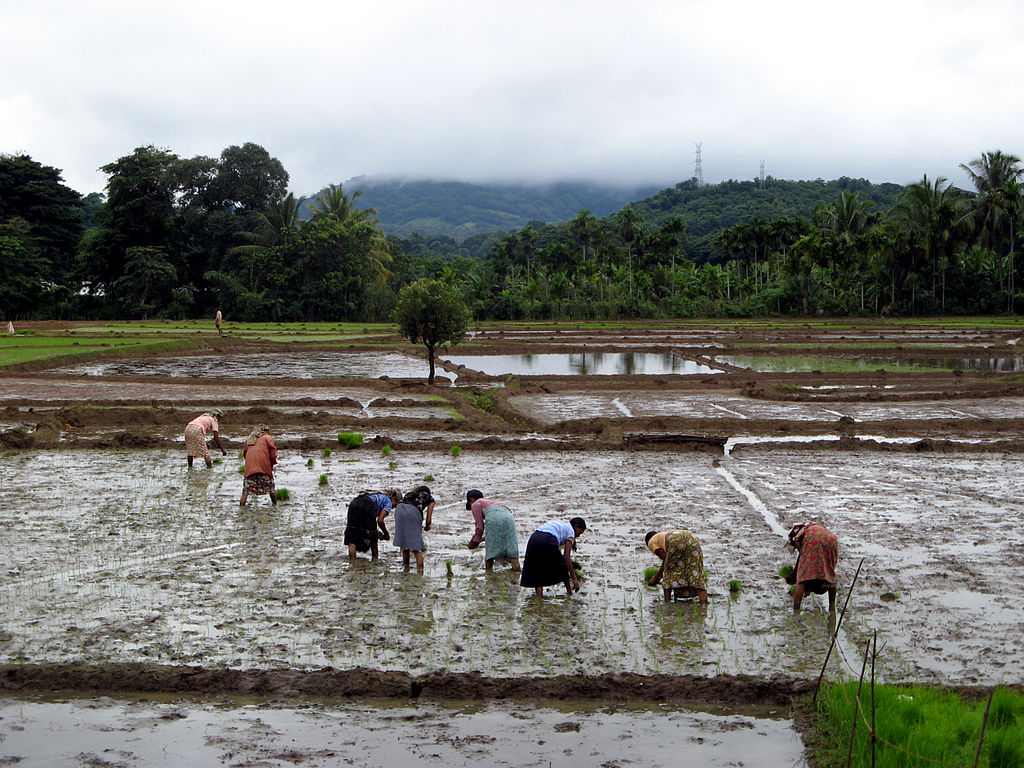Microinsurance is a growing trend that relates mostly to bringing people on low incomes in developing countries under the protection of insurance

Microinsurance mostly targets the poorest countries with specific forms of coverage (Credit: PxHere)
Microinsurance has been growing to address the often minimal penetration rates of coverage in emerging economies. Several insurtech companies also use it in their business models. Peter Littlejohns takes a deep dive into the growing trend to find how it’s impacting the industry and bridging the insurance gap.
The term microinsurance has two interpretations in the industry, referring both to its target market and the products themselves.
In the case of its target market, microinsurance is used as a financial inclusion tool to bring low-income individuals under the protection of insurance through charging small premiums for specific events.
The second application refers to the lifespan of an insurance product, with cover for specific perils and damages lasting for a short period of time, usually packaged alongside another kind of service — such as covering an item in transit or during a lending period.
Microinsurance developed as a means to address the insurance gap of developing countries
Statistics from 2017 published by the Organisation for Economic Cooperation and Development — an intergovernmental body created to stimulate world trade — revealed several developing countries had a huge insurance gap.
The insurance penetration rate — a measure of gross written premium compared to national GDP — of Sri Lanka, for instance, was only 1.3% compared with the UK’s 12.8%.
While countries sitting at the bottom of this scale have historically suffered from a crisis of underinsurance, many have managed to increase penetration rates over the past few years — with microinsurance one of the drivers.
Financial inclusion organisation The Consultative Group to Assist the Poor (CGAP) was founded by the World Bank in 1995 to improve access to sustainable microfinance.

The CGAP Working Group on Microinsurance was established in 2002, which continued to grow and develop before transforming into today’s Microinsurance Network (MIN).
MIN is made up of individual experts and insurance companies such as AXA and the Munich Re Foundation, the non-profit arm of the German reinsurance giant.
The organisation is currently hosting its 15th annual conference on the inclusive power of insurance in Bangladesh.
Other organisations exist with a similar motive, including Blue Marble Microinsurance and MiCRO — a reinsurance company specialising in those vulnerable to natural disasters.
Microinsurance as a form of financial inclusion
Financial inclusion is a common term found within the insurance industry, though it frequently comes from companies offering to finance annual policies in exchange for a smaller monthly premium paid over a longer term — a process named premium financing.
This process is common throughout developed economies, where it lifts the financial barrier to certain insurance types.
Microinsurance, on the other hand, addresses the fact that in developing economies, any kind of insurance is seen as a largely unafordable luxury.
The way microinsurance organisations tackle this is to choose areas of risk they can address at a low cost to themselves and through low premium payments.
An example of this is Swedish intermediary BIMA, which uses technology to connect those on a low income with insurance firms through local mobile network providers.
Ghana is one of the many countries it does this, connecting with local network provider AirtelTigo to provide Family Care Insurance and Hospital Support policies underwritten by Allianz and Prudential.
Family Care Insurance operates as a type of death-benefit cover that pays out should a family member pass away, while hospital support covers medical costs associated with illness.
Microinsurance as a tool to protect industries
Farmers in Sri Lanka
Microinsurance goes beyond cover for individuals, with many products designed to address those with businesses at the mercy of natural disasters or extreme weather events.
One example of this, was the collaboration between MIN member Aon, blockchain technology provider Etherisc and charitable network Oxfam to insure farmers in Sri Lanka.

Oxfam and Sanasa Insurance have been providing Sri Lankan farmers with index-based cover for rice, pepper and cinnamon – three of the country’s biggest agricultural exports – since late-2017 using installed weather stations.
But in early July, the process added a layer of blockchain technology to make payouts instant — based on an irrefutable smart contract — should the crops fail due to flooding or drought.
The scheme recently paid out on claims to 200 farmers, but is looking into using mobile payments instead of servicing claims using cryptocurrency Ethereum, as it found farmers prefer to deal in cash or cheque.
Fisheries in Ghana
Another example is a partnership scheme launched between BIMA, Vodafone, Millennium Insurance and UT Life Insurance in 2017.
Created to insure fishing communities in Ghana against the death or permanent disability of workers, it was rolled out to the country’s fishing communities in 2018.
Under this scheme, workers pay between one and three Ghana cedis ($0.50) into a Vodafone Cash wallet, which then entitles them or their families to receive payments from one of the insurance partners in the event of death or serious injury.
If no claims are made, the scheme serves instead as a savings tool. After 11 months of payments those enrolled can withdraw up to 30% of the accumulated total, allowing them to protect their income throughout the closed season — a month-long period enforced to allow the stock of fish to replenish.
Microinsurance as a short-term protection product
The concept of microinsurance has made its way into the world of insurtech, but in reference to the length of a policy, rather than its low-income recipients.
Swedish firm Omocom — formerly Sharin — is using the tool as a means of enabling businesses whose models are based on the reuse of products, with a grand ambition of reducing the need to manufacture, and in turn lessen the country’s carbon footprint.
After finding through consultation with these businesses that insurance would increase the level of customer trust, Omocom developed a risk-handling model specific to common risks they’d experienced.
With the ability to integrate its insurance products into each platform’s application programming interface (API), the start-up recently partnered with Tiptapp — an app-based platform that allows users to request and provide transport for items.
Omocom cover is an optional extra on the platform and pays out in the case of loss, theft or damage for the duration of an item’s journey.
